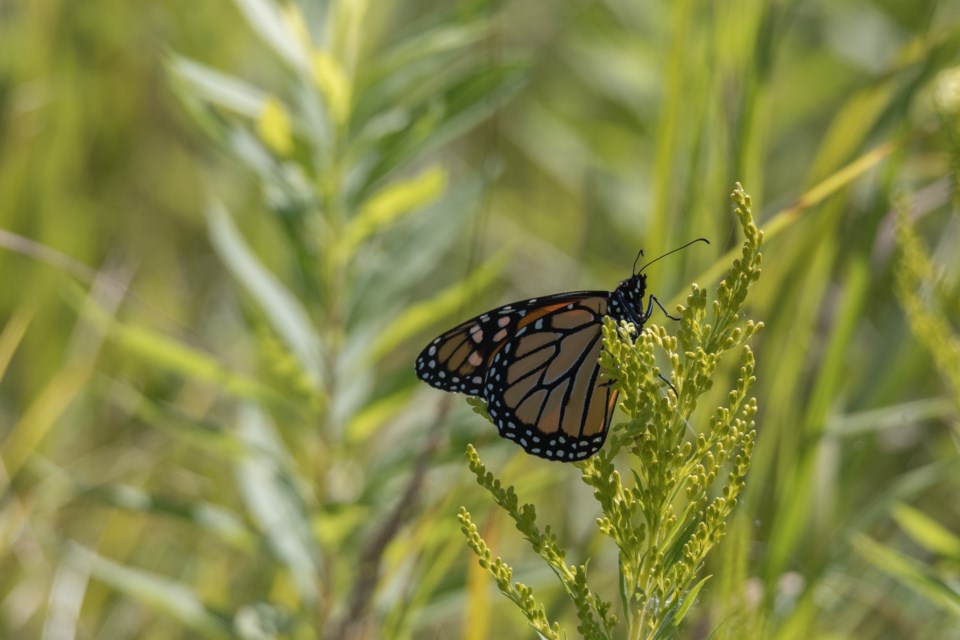One of the world’s most beloved butterfly species is inching closer to extinction.
The monarch butterfly, a familiar favourite among North America’s insects, was declared endangered by the International Union for the Conservation of Nature on July 21.
The group says the population of monarch butterflies in the continent has declined significantly — anywhere from 22 to 72 per cent in the last 10 years alone.
While the reduction may be alarming, a pair of bug activists with Sault Ste. Marie's Entomica Insectarium says there are actions residents can take to help preserve and restore the monarch population.
“We encourage residents to start up pollinator gardens, especially when it comes to planting things like milkweed,” says Chris Lee, the program director with Entomica Insectarium. “At the same time, we definitely want to urge the public not to collect monarch butterflies.”
Residents in Ontario must hold a permit issued by the Ministry of Natural Resources and Forestry if they want to own more than one individual specimen of a certain butterfly species, including the monarch.
These butterflies begin a migration pattern in Mexico around January and February, eventually arriving in Canada by the warmer months before heading back down south later in the year, creating new generations of their species along the way.
Lee explains that deforestation, urbanization and increased use of pesticides and herbicides in some of the southern parts of the continent have had a noticeably severe impact on the butterflies’ population and migration trends.
“We definitely rely on pollinators – they help out the environment quite a bit by fertilizing plants and helping them continue on their life cycles,” Lee says. “Monarchs aren’t the number one pollinator, but they’re very well known and they’re easily spotted, so it’s easy to see that decline.”
Entomica Insectarium founder John Dedes says the warning signs for the monarch decline weren’t all that obvious leading up to this season.
“I thought they were actually bouncing back a little bit in the last couple years,” Dedes says. “I was seeing monarchs all over the place. But there’s been a drastic change in my observations this year compared to last year.”
Entomica is currently in the planning phase for a butterfly house — a greenhouse-like setting that promotes butterfly growth — while allowing visitors to stop in and interact with the insects.
The non-profit still needs to secure the funding to make this endeavour possible, but they’re hopeful to have the house running several summers from now.



